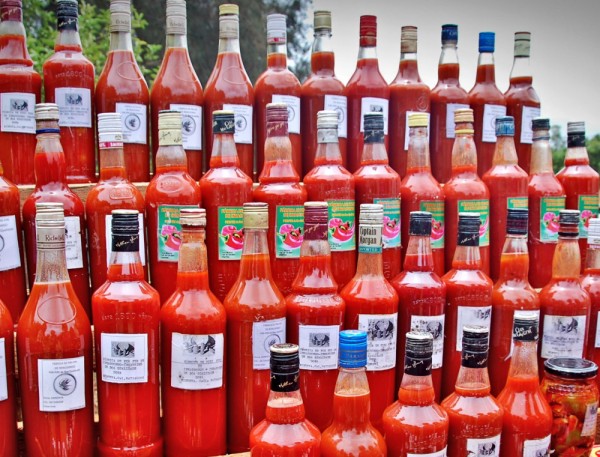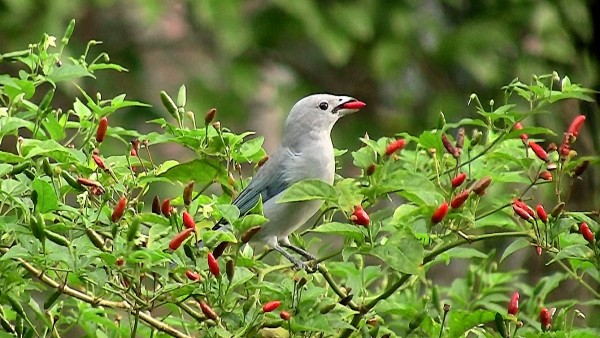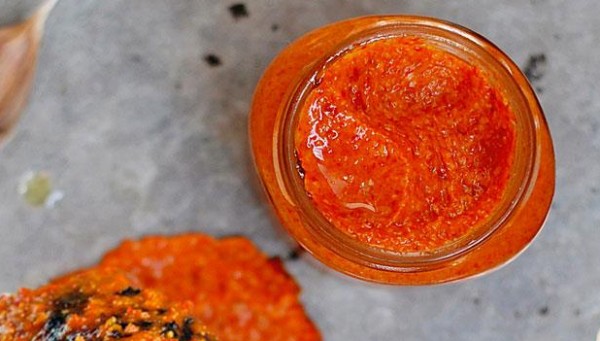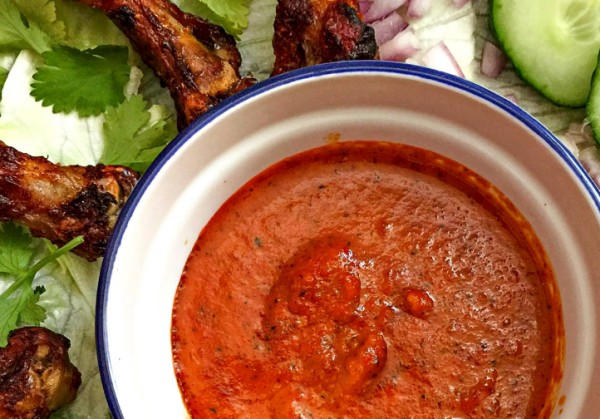Foodie’s Guide to Regional Gastronomy: The Piri-Piri pepper and Piri-Piri Sauce
Series Introduction (Move down if you’re familiar with the series or don’t care)
In this series, we hope to highlight and showcase in as interesting a way as possible, the stories behind our favorite, mouth-watering local dishes. While we’ll focus on greater New Bedford and the South Coast, we will occasionally “travel” to places like Plymouth, Providence, or even Boston. I will attempt to keep it light-hearted, fun, and easy to read. While I can’t promise to keep you compelled and pull you along with prose – that would take a professional writer – I will promise to be liberal with the drool-inducing images of these dishes.
I grew up in a Sicilian household where everyone – man, woman, child – was participating in preparing meals. It was a “trick” to get everyone together, talking, laughing and of course, the occasional heated debate. Food was a huge part of our identity, where we came from, who we were. There was something special about the atmosphere that revolved around a meal that we prepared.

This is certainly not unique to an Italian or Sicilian household. Every ethnic group in the country has a proud culinary tradition that they grew up around. You can easily replace “Sicilian” with Irish, Vietnamese, Portuguese, Ethiopian, Greek or anything else. This is why food as a topic is always so popular. We humans love our food and that passion goes beyond the gustatory or taste – we crave the aromas, delight in the presentation, are fueled by the atmosphere, and relish – pardon the pun – discussion about our favorite dishes, restaurants or cuisines.
One thing that is often not discussed – is glossed over, or barely touched upon – is the history or background of these dishes. Now, to some, this conjures up the voice of the guy from the “dry eyes” commercial. The terms, for many, are synonymous with “boring,” “dull,” or “It’s time to go.” However, the background can be interesting, fun, or funny and it can be so without being facetious, dumbed-down, or popular. I will make every attempt to maintain a fresh balance with those elements in this series.
As always, feedback is encouraged. Anecdotes are wanted. Discussion is paramount. Please join in!
_______________________________________________________________________
Do you enjoy a little spice in your life? Do you prefer just a little tickle of heat or are you a chilihead who wants the pain? Either way, you will want Piri-Piri Sauce in your life.
Piri-Piri sauce is something familiar to the Portuguese and by proxy those in Portuguese communities in various parts of the world. Having said that, in spite of Piri-Piri sauce being available in supermarkets and Salchicharias, I am still surprised when I hear locals have neither tried it nor heard of it.
You don’t have to be a chilihead to enjoy Piri-Piri sauce – in spite of its appearance and the fact that it uses a pepper of moderate heat, it is only one player in the sauce. If you’re a true chilihead you can always kick it up a notch by adding some of your favorite chili peppers, but the Piri-Piri pepper can be as hot as a “weaker” Habanero or the Scotch Bonnet that is popular in Jamaican cuisine – they range between 100,000-350,000 Scoville Units. However, Piri-Piri is a rich sauce that is best appreciated and enjoyed without insane levels of pepper to temporarily destroy your tastebuds or blast your face off.

The Piri-Piri pepper is sometimes referred to as a Bird’s Eye Chili, African Bird’s Eye, or African Devil pepper because, believe it or not, there are actually birds who enjoy them. It is a cultivar in the capsicum frutescens family of peppers. In other words, a pepper “groomed” by farmers over generations of the pepper so that certain characteristics are bred out or into the pepper.
The pepper it was cultivated from was the Malagueta Pepper which was brought from the Caribbean to southeastern Africa where Portuguese traders discovered it and fell in love with it. The Portuguese explorer Vasco Da Gama arrived in Mozambique in 1498 and the Portuguese ruled the nation for 400 years enjoying the pepper.
The Malagueta pepper hovers somewhere around the 100,000 Scoville Units mark and wasn’t hot enough for some Portuguese so they played around with the pepper to come up with a hotter version. Once the pepper reached almost double that of the Malagueta Pepper at 175,000 Scovilles the Portuguese felt it was hot enough and stopped tampering with it.
It is there in the Portuguese-speaking Mozambican community that the pepper’s name was borrowed from the Swahili word for “pepper,” Pili. The Portuguese being world-famous navigators, pilots, and traders brought it to many of their colonies, territories, and trading partners, particularly India. From there it spread over generations throughout the Portuguese-speaking world wherever it may be.

Anywhere that becomes a colony inevitably merges the cuisine of the two cultures (French-Vietnamese cuisine being an exemplar) so, of course, Portuguese-Mozambique cuisine would inevitably spring up. Has anyone on the SouthCoast not had Chicken or Shrimp Mozambique?! One thing I have been puzzled about is why Mozambique Wings are not ubiquitous here on the SouthCoast, but I digress.
The sauce itself is comprised of crushed Piri-Piri peppers combined with paprika, basil, lemon juice, garlic, oregano, tarragon, salt, onion, black pepper, and a bit of citrus peel. Of course, there are some minor variations of this, but these ingredients are the core. Some brands may favor a particular ratio or perhaps make theirs hotter than others. It’s similar to red sauce in Italian households (not in flavor) in that there are endless variants and ratios of what is just a “simple” sauce.
When it comes to making dishes from recipes the sauce’s best compliments are chicken and shrimp, but the sauce can be used as a dipping sauce on the side or just squirted right from a bottle of your preferred brand. It will brighten up just about any dish. If you like Tabasco or Sriracha sauce, you will fall in love with Piri-Piri sauce. Accompany with a side of Portuguese round fries and you are in foodie heaven.
The best place I’ve been to that has an amazing Piri-Piri sauce is Novo Mondo restaurant and if you’ve ever been there…you know how addicting it is. If not, ask around.
Do you love Piri-Piri? Do you have a favorite brand and/or do you make your own? Let us know in the comments so others can benefit.
